Measuring the gap in implementing physical education lessons between public and private schools in Nineveh Governorate
Main Article Content
Abstract
The research aimed to identify the obstacles that teachers face during the implementation of physical education lessons in public and private schools and to measure the application gap between them. The descriptive approach was used using the survey method to obtain the research variables. The research sample was intentional and consisted of a group of physical education teachers from public and private schools. Data collection was done by distributing a questionnaire to a group of physical education teachers. To conduct the statistical analysis of the research, we relied on the well-known statistical program (SPSS VER:23). The most prominent conclusions were that there is great interest in the physical education lesson in private schools, as it is considered one of the important lessons. Unlike public schools, most schools consider it a secondary and unimportant lesson, and the researcher recommends that teachers implement the physical education lesson with the capabilities available in the school, using sports games or aerobic physical exercises without sports equipment
Article Details

This work is licensed under a Creative Commons Attribution-NonCommercial 4.0 International License.
References
Abdulrasool, T. H., Hussein, R. A. A., & Aldewan, L. H. M. (2024). A proposed vision for developing the structure of physical education curriculum within the framework of digital giving and technologies of the age of artificial intelligence. International Journal of Physiology, Sports and Physical Education, 6(1), 19–28. https://doi.org/10.33545/26647710.2024.v6.i1a.61
Aldewan, L. H. (2016). Fundamentals of curriculum design in physical education (pp. 1–260). Dar and scribes of insights. https://www.researchgate.net/publication/365704505
Aldewan, Lamyaa Hasan, Abed Malih, F., & Abdel Karim, K. L. (2006). The effect of using the educational bag on the level of learning some offensive skills with the epee weapon. Journal of Studies and Researches of Sport Education, 19, 18–44.
Al-Diwan, L. H., Mithaq Ghazi, & Abdel Qader, A. (2007). Evaluating practical education for fourth-year students in the College of Physical Education University of Basra from the students’ point of view. Journal of Studies and Researches of Sport Education, 20, 5–25. https://www.iasj.net/iasj/article/53803
Douai, J. is distracted. (2010). sing Checklist to Determine the Size of the Gap in Health Services, An Applied Study in the Baghdad Health Department - Al-Karkh. Journal of Baghdad College of Economic Sciences University, 23.
Ghazi, M. A., Kadhim, M. A. A., Aldewan, L. H., & Almayah, S. J. K. (2024). Facial fingerprint analysis using artificial intelligence techniques and its ability to respond quickly during karate (kumite).
Hassan, M., & Shaltout, H. (1996). Organization and Management in Physical Education (p. 183). Dar Al-Ma’rifa.
Hasson, R. E., Beemer, L. R., Eisman, A. B., & Friday, P. (2023). Closing the Gap Between Classroom-Based Physical Activity Intervention Adoption and Fidelity in Low-Resource Schools. Kinesiology Review, 12(1), 36–46. https://doi.org/10.1123/kr.2022-0041
Kadhim, M. A. A., Abd Fares, M. N., & AL-DEWAN, L. H. M. (2021). The educational bag by the method of self-competition and its impact on learning skill performance And the achievement of discus throwing for female students. Journal of Studies and Researches of Sport Education, 68, 11–22. https://www.iasj.net/iasj/article/213162
Kadhim, M. A. A., Mashi, A. A. A., Al-Diwan, L. H., & Ghazi, M. A. (2024). Understanding the Mechanism of Conducting Benchmark Test for the Infrastructure of Physical Education Curricula in the Age of Artificial Intelligence. International Journal of Elementary Education, 13(1), 8–12. https://doi.org/10.11648/j.ijeedu.20241301.12
Lafta, A. M. M. (2021). The reality of the physical education lesson in some middle and preparatory private schools from the point of view of their founders in the First Karkh Directorate of Baghdad Education. Dirasat Tarbawiya, 14.
Merica, C. B., Egan, C. A., Webster, C. A., Mindrila, D., Goc Karp, G., Paul, D. R., McKown, H., & Rose, S. (2023). Measuring Physical Education Teacher Socialization With Respect to Comprehensive School Physical Activity Programming. Journal of Teaching in Physical Education, 42(4), 744–756. https://doi.org/10.1123/jtpe.2022-0165
must be Friday, N. (2023). An analytical study of the obstacles to implementing physical education lessons in primary schools in Babylon Governorate. Sciences Journal Of Physical Education, 16(7).
Othman, H. I., & Ola, S. O. (2023). The role of basic school principals in developing the physical education lesson in the Erbil Governorate Center from the point of view of physical education teachers. Journal of Physical Education Sciences, 16(5), 124.
Taiba, A. A. S. (2008). Principles of Statistics (first edition, pp. 50–53). Dar Al-Bedaya for Publishing and Distribution.
Youssef, F. S., & Hammoud, Z. S. (2014). Determining the criteria for measuring the quality of school sports performance from the point of view of supervisors (specialists and technicians) in the Baghdad Education Directorate. Journal of Physical Education, 26(4), 54–69.





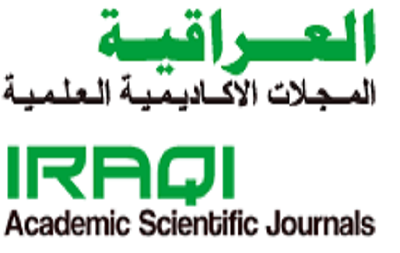 IASJ
IASJ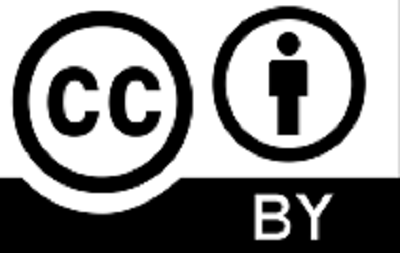 CC-BY-4.0
CC-BY-4.0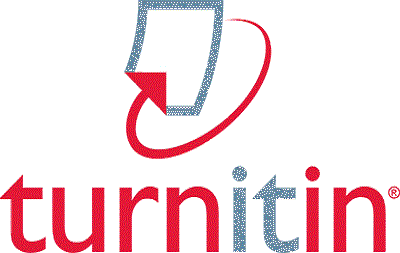 turnitin
turnitin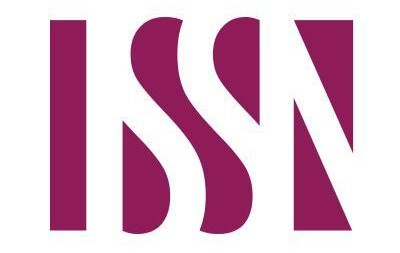 ISSN
ISSN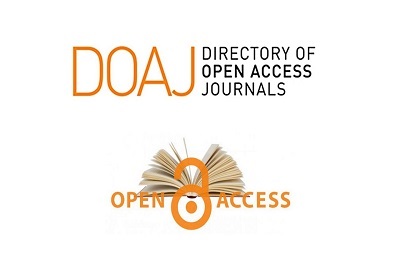 DOAJ
DOAJ Crossref
Crossref GoogleScholar
GoogleScholar Orcid
Orcid